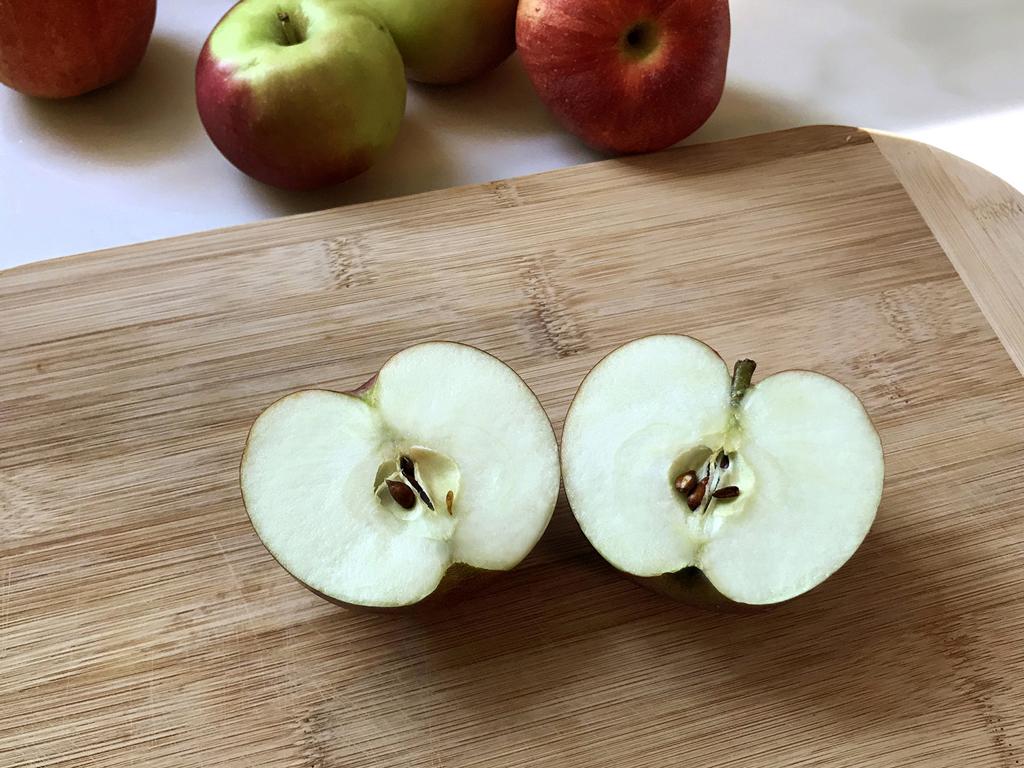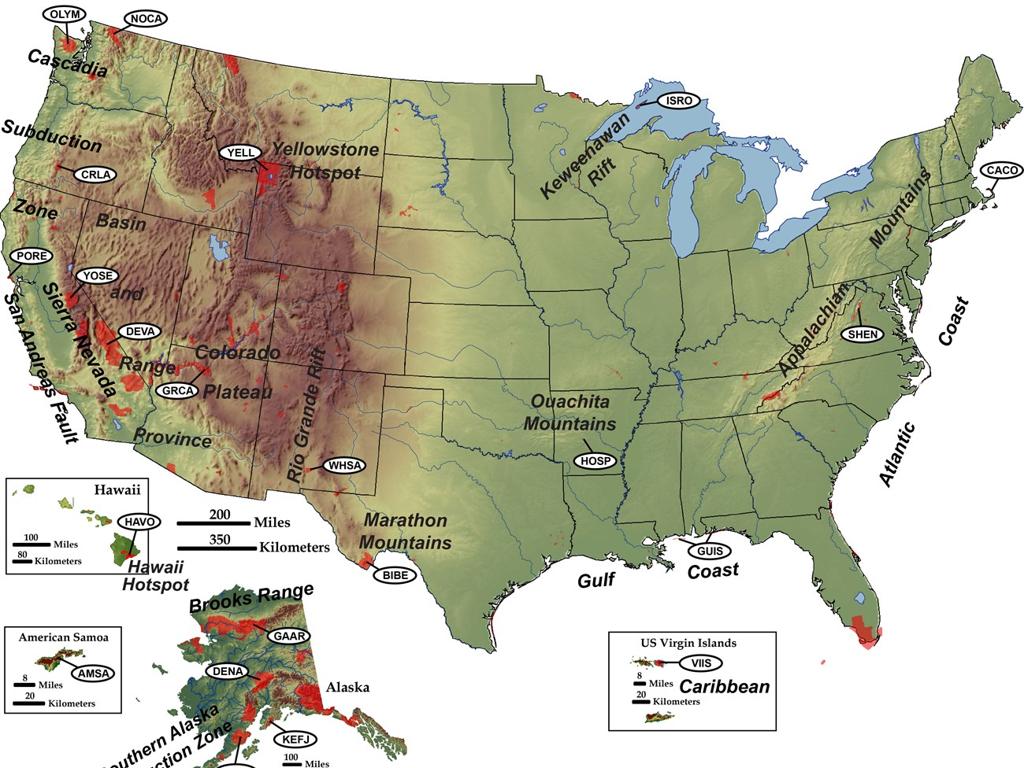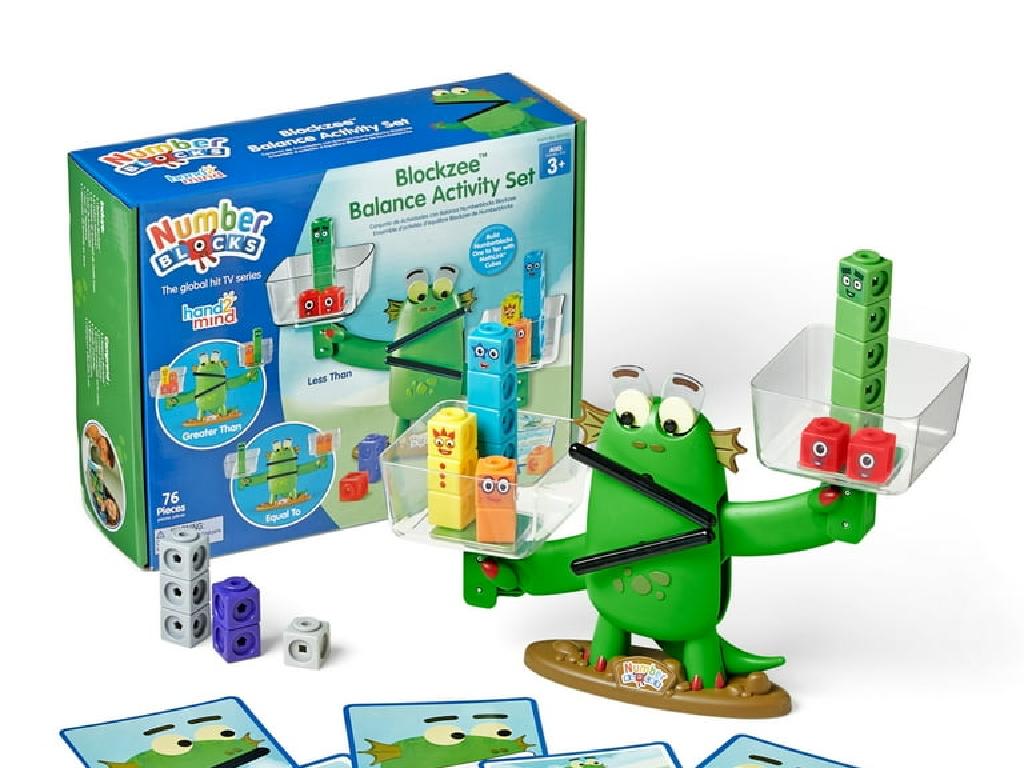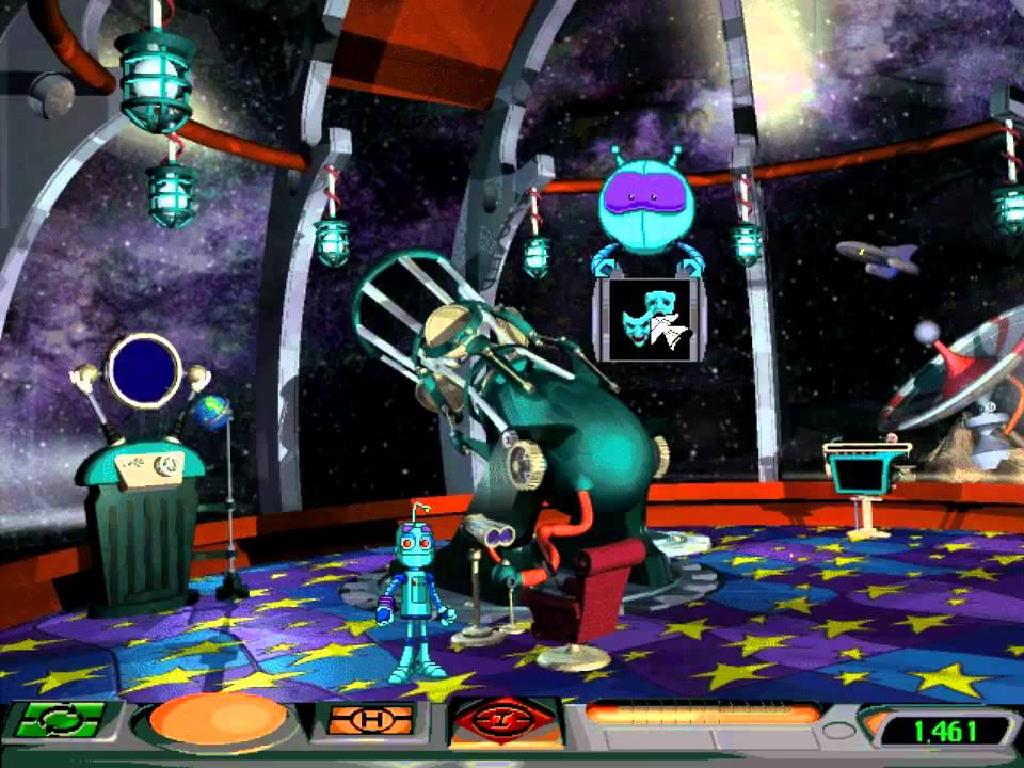Area Of Semicircles And Quarter Circles
Subject: Math
Grade: Seventh grade
Topic: Perimeter And Area
Please LOG IN to download the presentation. Access is available to registered users only.
View More Content
Exploring Perimeter and Area
– Recap perimeter and area concepts
– Perimeter is the boundary length; area is the space inside.
– Differentiate perimeter from area
– Perimeter is measured in linear units; area in square units.
– Real-life perimeter and area examples
– Perimeter: fencing a yard; Area: laying carpet in a room.
– Practice calculating both
|
Begin with a brief review of what perimeter and area are, highlighting that perimeter is the total distance around a shape while area measures the surface covered by the shape. Emphasize the difference by using units of measurement: perimeter in linear units (e.g., meters) and area in square units (e.g., square meters). Provide relatable examples such as calculating the fencing needed for a yard (perimeter) versus the amount of carpet to cover a room (area). This sets the stage for more complex shapes like semicircles and quarter circles, where students will apply these concepts to calculate perimeter and area, reinforcing their understanding through practical examples.
Understanding Circles: Area and Perimeter
– Definition of a circle
– A circle is a round shape with all points equidistant from the center
– Parts of a circle: radius, diameter
– Radius: line from center to edge; Diameter: line across circle through center; Circumference: distance around circle
– Circumference formula: C = Àd or 2Àr
– C = Àd (d is diameter) or C = 2Àr (r is radius)
– Area formula: A = Àr²
– Area is the space inside a circle, A = Àr² (r is radius)
|
Begin by defining a circle and ensure students understand the concept of equidistance from a central point. Introduce the parts of a circle, emphasizing the radius, diameter, and circumference. Explain that the diameter is twice the length of the radius. Move on to the circumference, providing the formula and explaining the role of À (pi). Then, discuss the area of a circle, presenting the formula and explaining how to square the radius. Use visual aids to help students visualize the parts of a circle and how the formulas are applied. Encourage students to memorize these formulas as they are fundamental to understanding the area and perimeter of semicircles and quarter circles, which will be discussed in subsequent slides.
Area of a Semicircle
– Definition of a semicircle
– A semicircle is half of a circle
– Derive semicircle area formula
– Start with the area of a circle (Àr^2) and divide by 2
– Area formula: (1/2)Àr^2
– For a circle with radius r, the semicircle area is half
– Applying the formula in problems
|
Introduce the concept of a semicircle by explaining it as half of a circle. Emphasize that since a circle’s area is À times the radius squared, a semicircle will have half that area. Provide the formula for the area of a semicircle as (1/2)Àr^2, where r is the radius of the original circle. Encourage students to practice applying this formula by solving various problems involving semicircles, reinforcing their understanding of the concept. Use diagrams to visually demonstrate the relationship between a circle and a semicircle.
Area of a Quarter Circle
– Define a quarter circle
– A quarter circle is 1/4 of a full circle
– Derive area formula from a circle
– Start with the area of a full circle (Àr^2) and divide by 4
– Area formula: (1/4)Àr^2
– For a circle with radius r, the area of a quarter circle is one fourth of the total area
|
This slide introduces the concept of a quarter circle and how to calculate its area. Begin by explaining that a quarter circle is a section of a circle that represents one fourth of its total area. To derive the area formula for a quarter circle, start with the area formula for a full circle, which is À times the radius squared (Àr^2), and then divide by 4 because a quarter circle is one fourth of a full circle. This gives us the formula for the area of a quarter circle: (1/4)Àr^2. Use visual aids to help students visualize the quarter circle and practice calculating the area with different radius lengths.
Calculating Areas: Semicircles & Quarter Circles
– Area of a semicircle example
– Use the formula: Area = (Àr²)/2 for a semicircle with radius r
– Area of a quarter circle example
– Apply the formula: Area = (Àr²)/4 for a quarter circle with radius r
– Steps to solve semicircle problems
– Steps to solve quarter circle problems
|
This slide provides examples to help students understand how to calculate the area of semicircles and quarter circles. Start with Example 1 by demonstrating the calculation of a semicircle’s area using the formula Area = (Àr²)/2, where r is the radius. For Example 2, show the calculation for a quarter circle using Area = (Àr²)/4. Emphasize the importance of understanding the formulas and how they are derived from the area of a full circle. Encourage students to practice by solving additional problems and to remember the steps: identify the radius, plug it into the formula, and solve for the area. This will prepare them for more complex problems involving these shapes.
Real-World Applications of Semicircles and Quarter Circles
– Identify semicircular objects
– Objects like domes, fans, and arches
– Calculate real-world areas
– Use area formulas in scenarios like garden design
– Understand practical significance
– Knowing area helps in material estimation and cost
– Engage with everyday examples
|
This slide aims to show students how the mathematical concepts they learn are applied in the real world. Start by identifying objects that have semicircular and quarter circular shapes, such as domes, fans, and arches. Then, move on to calculating the area of these shapes in real-world scenarios, such as determining the amount of paint needed for a semicircular wall or the grass for a quarter circular lawn. Emphasize the practical significance of these calculations in everyday life, such as material estimation, cost calculations, and efficient space utilization. Encourage students to think of and discuss other examples where they might need to calculate the area of semicircles and quarter circles.
Class Activity: Exploring Areas of Semicircles and Quarter Circles
– Calculate areas on worksheets
– Semicircular and quarter circular shapes
– Compare answers with a partner
– Did you get the same results? What was your approach?
– Discuss different methods used
– Share how you solved the problems and learn from each other.
|
This activity is designed to reinforce the concept of finding the area of semicircles and quarter circles. Distribute worksheets that contain various semicircular and quarter circular shapes. Students should use the formula for the area of a circle (Area = Àr^2) and then adjust it for semicircles (Area = (Àr^2)/2) and quarter circles (Area = (Àr^2)/4). After individual work, students will pair up to compare their answers and discuss the methods they used to find the areas. This peer interaction encourages collaborative learning and helps students see different approaches to solving the same problem. As a teacher, circulate to offer guidance and ensure that each student understands the process. Prepare to discuss common challenges or misconceptions in the next class.
Recap: Area of Semicircles & Quarter Circles
– Summarize area formulas
– Area of semicircle: A = (Àr²)/2, quarter circle: A = (Àr²)/4
– Importance of these concepts
– Essential for solving real-world geometry problems
– Address remaining questions
– Clarify any doubts
|
As we conclude, ensure students can recall the formulas for the area of semicircles and quarter circles. Emphasize the practical applications of these concepts in various fields such as architecture, engineering, and design. Use this time to answer any questions the students may have and clarify doubts to reinforce their understanding. Encourage students to practice these calculations as homework to solidify their grasp of the material.





